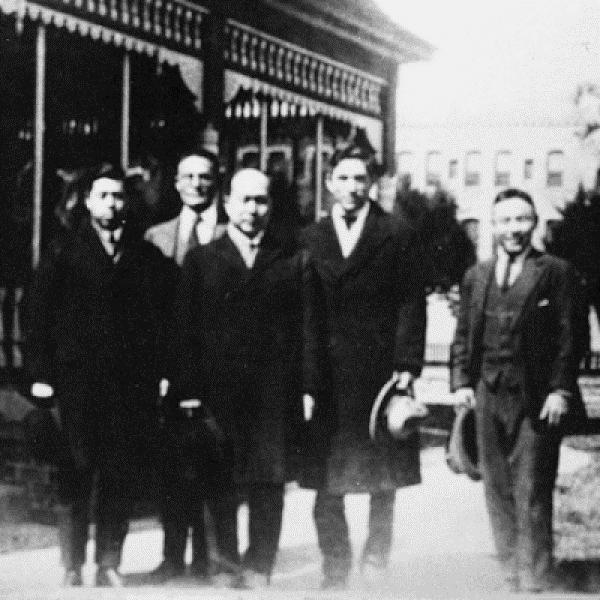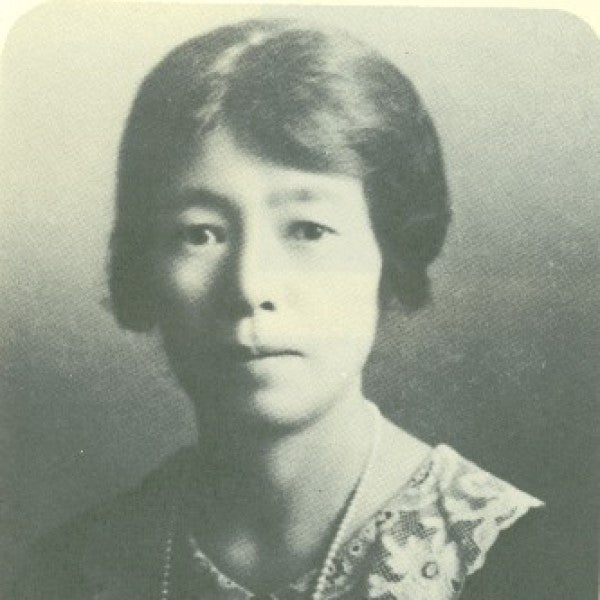
This digital humanities project presents the amazing yet less-known stories of the earliest Japanese immigrants in Texas. They came to Texas as immigrant farmers at the beginning of the twentieth century to pursue personal success on the one hand and to escape the rampant racism against Asian immigrants on the U.S. West Coast on the other. By starting farms along the Gulf of Mexico and cultivating rice, vegetables, and fruits, they contributed to agricultural development in Texas as well as fought racial prejudice in the state. Viewers can find biographies of various Japanese farming families in Texas and stories of their endeavors in the state and beyond. We recommend that viewers begin with the Kishi colony, which is known as the biggest and most successful Japanese-led farming endeavor in Texas,
The fruit of a year-long research collaboration, the exhibition was designed by Loic Duggal ('25) and Hoang Nguyen ('24) under the guidance of Dr. Sidney Lu, Annette and Hugh Gragg Associate Professor of Transnational Asian Studies at Rice University. It illustrates the hardship and perseverance of early Japanese immigrants in Texas and highlights their contributions to the state. We curate this exhibition to celebrate the Asian American and Pacific Islander Heritage Month in May 2023 at Rice University.
This exhibition draws from various primary and secondary sources, such as memoirs, interviews, and the family histories collected by the Houston Chapter of the Japanese American Citizens League (JACL), as well as secondary sources such as Thomas Walls, The Japanese Texans (San Antonio: University of Texas, Institute of Texan Cultures at San Antonio, 1987). An index of primary sources used for the exhibition can be found on our sources page.
Acknowledgements
We would like to thank Dr. George Hirasaki and the Houston Chapter of the Japanese American Citizens League (JACL) for providing the core sources for our project. We also want to thank Dr. Anne Chao and the Houston Asian American Archive for offering a permanent home for this exhibition. The Fondren Fellows Program at the Fondren Library made this exhibition possible to begin with. We greatly appreciate Amanda Focke at the Fondren Library, who has kindly provided timely trainings and technical support during the entire process.
Explore by Theme
Explore by Region
Orange and Jefferson County
Other Community Members




